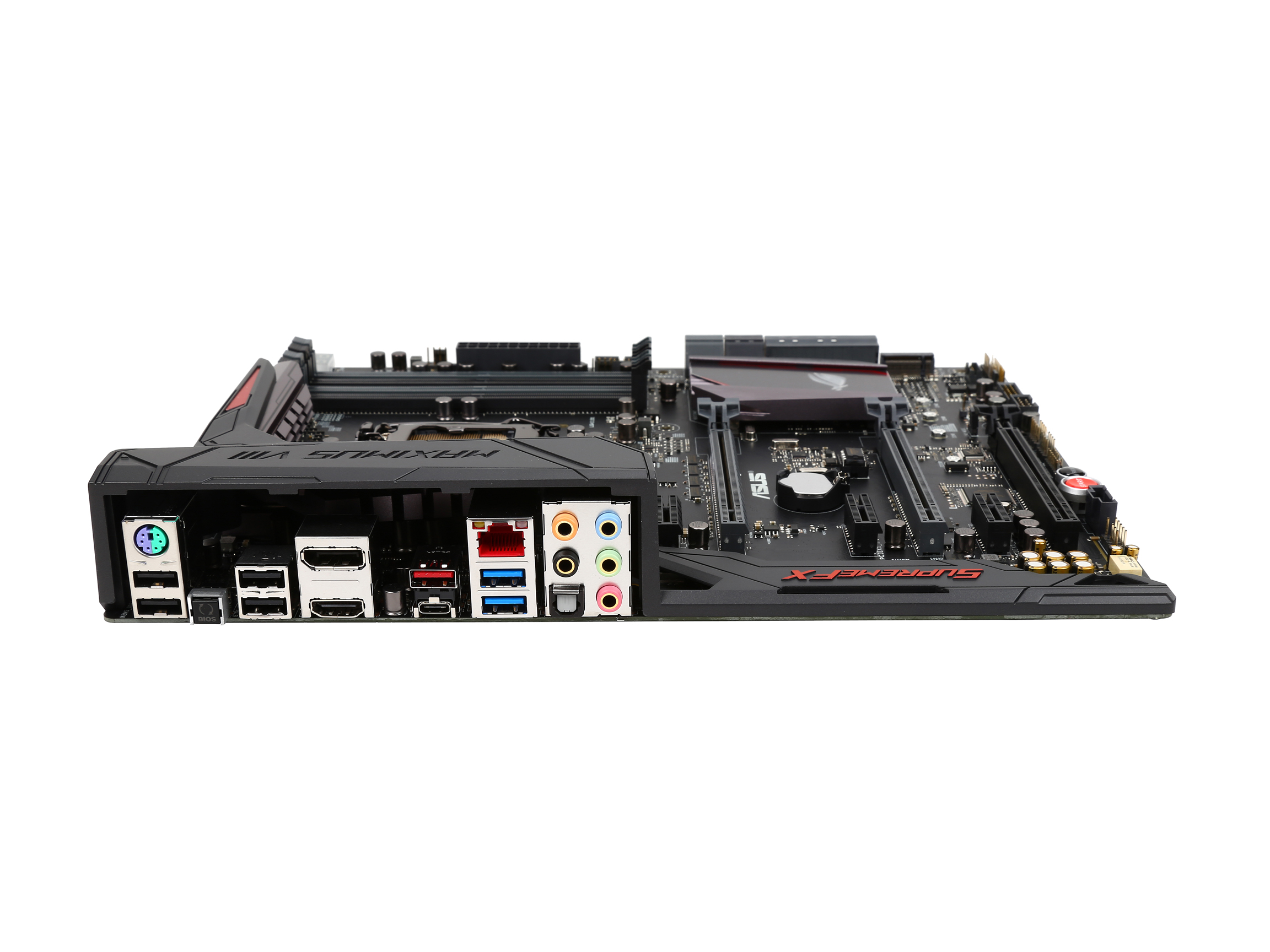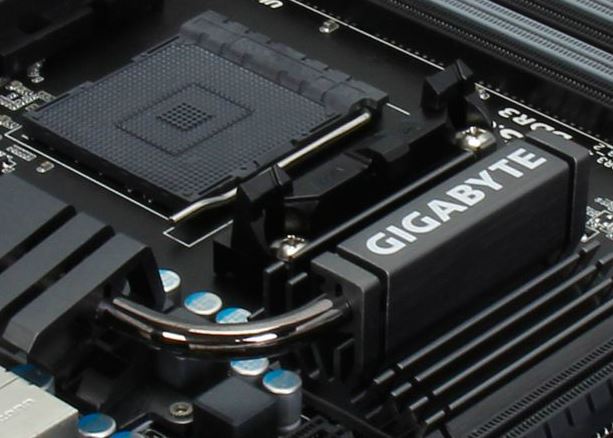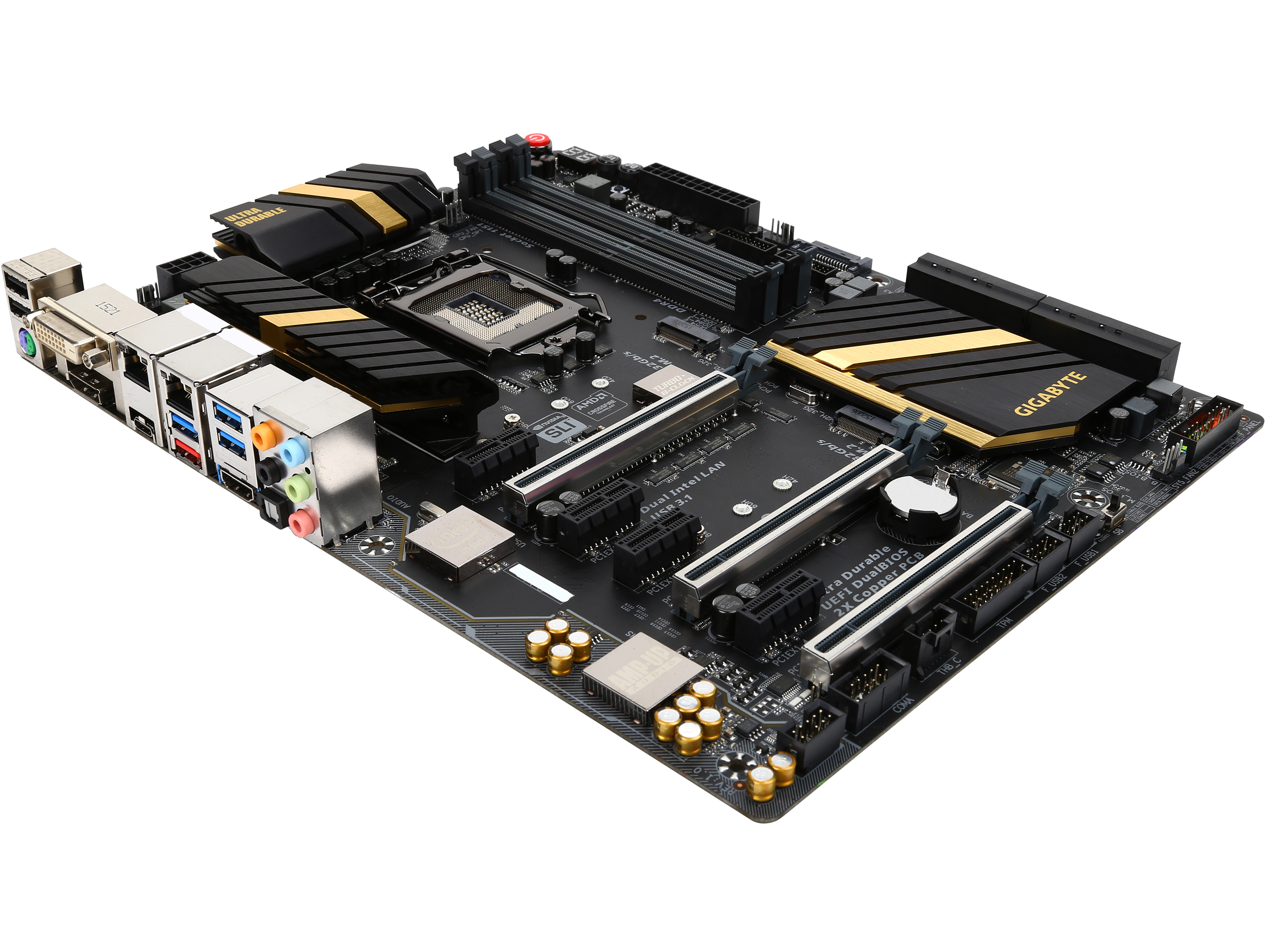
(Continued from Part 1) https://www.newegg.com/insider/how-to-pick-a-motherboard/
Form Factor
As with any “organ transplant”, the first thing you’ll need to consider is the form, which refers to the size of the motherboard. The biggest challenge here doesn’t come from your requirements, but from the limitations of your casing.
Different manufacturers use this as an arm-twisting loyalty device so you won’t go out and buy something that they didn’t make. Because of this, the first thing you should do is choose a motherboard that your case will handle.
The ATX has been standard for the past decade or so, and is ideal for the typical home computer hobbyist. The 12in. by 9.6in. ATX should be ideal for most PCs, but there are also a couple of variants in this category.
MicroATX measures 9.6in. by 9.6in. There is also a MiniATX which measures around 6.7in. by 6.7in. Both of these are good for smaller cases, such as those found on Media Centers and Steam machines perfect for the living room or dorm. These low-power boards will be limited in their ports and expansion slots, but they’ll do the job.
Socket Type
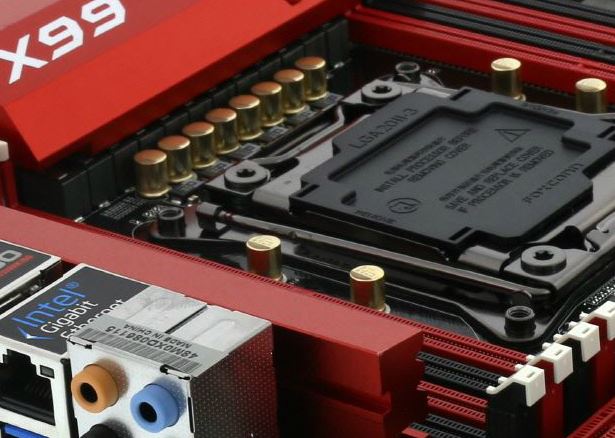
The type of socket that your processor has will largely determine the kind of motherboard that you want. Intel and AMD are the prime players in this market, and the LGA/PGA and AM series of socket types are their most popular models.
Since the 1970s there have been dozens of socket types introduced, but today only a few types are popular. The socket is the all-important link between your motherboard and your processor. It provides electrical and mechanical support for the processor to work efficiently with the other components on the motherboard.
For high-end Intel processors, such as the Core i7, The LGA 1150 is also commonly found on desktops, running on these and other similar processors such as the Pentium, Celeron and Xeon series. However, we should be seeing more more LGA 1151 soon.
For AMD processors, you’ll typically need an AM1, AM3, AM3+, or the FM2 or FM2+, depending on the exact series of the processor you have. This includes The FX-Series, and the A-Series APU Processors respectively.
Based on speed and compatibility with your processor, confirm that the motherboard you choose will be 100% compatible; or else you may get a completely useless (and possibly expensive) motherboard on your hands at the end of the day.
The Chipset
For the most part, you’ll never need to know what the chipset types are; however, for the avid hobbyist, the Northbridge and Southbridge chips may be vital to an understanding of how communication is achieved within the chipset. The former controls most of the high-speed transfers, such as the RAM and CPU, while the latter manages data transfer between the relatively slower components.
One thing to remember about chipsets is that they optimally control what features your board has. so its always best to look into them before making choices such a storage, video and sound.
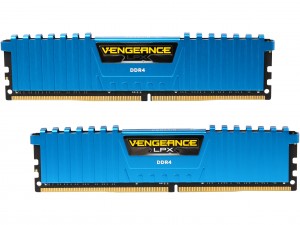
RAM
This is one of the critical components when it comes to speed. Depending on the kind of applications you intend to run, you’ll need to choose the amount of RAM that your processor is comfortable with. Though the processor is the real “brains” of the operation, think of the RAM as the brain’s food supply. Without adequate food, the brain can’t function at optimal levels. Equally, the processor is only as good as the RAM it can work from.
The DDR3 is by far the most popular series of RAM available in the market today, but you need to make sure that the motherboard you buy supports this. Knowing the type of memory your motherboard supports will allow you to choose the right kind of RAM. Be sure that the board supports the kind of RAM you actually need because otherwise it will not work.
Remember to match the RAM to the motherboard. For example, if your motherboard supports a DDR4 3000, that you choose memory that has those same specs. Remember to match up the pin count as well. DDR4 uses 288-Pin Connectors, while DDR3 has 240-Pin Connectors.
This is another place where the form factor is important. Because of the limited size on the Micro and MiniATX boards, you may only have a couple of slots for your RAM. Compare this to the 32GB that an ATX can support and you’ll immediately see why this matters.
There’s also the option of dual-channel technology, which effectively allows you to multiply your throughput twofold. More RAM is always a good thing and is important when using your system for high-end activities like gaming, multimedia and dual-tasking, which can take up quite a bit of your resources.
Storage
SATA connections have replaced the older IDE standard. Being more compact and much faster, they’re widely available and rather popular. Typically, if you’re moving your drives to a new system with a new motherboard, ensure that both types of connections are supported. The SATA hasn’t completely phased out IDE technology, so most boards will support both types of connections. Many users build with SSD Boot drives and SATA HDD drives to ensure speed for booting and The reliability of HDD storage.
M.2 has also emerged on motherboards and notebooks offering the fastest data access speeds as well as the smallest form factor.
The important thing to ascertain with regard to connectivity is that you have ample connections for any type of drive that you might be using with your new motherboard. Consider how many devices you plan on having as well as your internal and external hard drives when choosing your motherboard.
You might also want to check if the motherboard supports RAID (Redundant Array of Inexpensive Disks) technology. Essentially, this type of drive system provides backups or “mirrors” for enhanced security and risk management. You might need this when you’re working with important data that needs to be backed up regularly or to save information at the end of your work day. The redundancy in the system will ensure that you never lose data accidentally or through malicious activity. However, not all motherboards support RAID, so if you intend to use this technology, ensure that the board can handle it.
Choosing a motherboard with respect to the kind of drive connections you need is a matter of some planning. Assessing your memory and drive needs beforehand will allow you to better manage your requirements. You don’t want to invest in an expensive motherboard (or even a cheap one for that matter) and then find out later that it would be “perfect” if it just had that one more slot for your new DVD writer. Therefore, chart out what you expect to use with the system well before you go shopping for the motherboard. In this respect, extra is a good thing—as with RAM—because you can’t always predict what new hardware you might want in the near future.
Expansion Slots
Following from the previous section, expansion slots are a critical consideration when choosing a motherboard because you may want to install controllers or cards in the future. It’s better to plan for contingencies because technology is changing at a rapid pace and it seems like exciting new enhancements are always just around the corner.
The PCI and the PCI Express (PCIe) are the two most common expansion technologies in use today. The latter is much faster and infinitely more nimble, but the 3.0 has been the standard on most systems lately. In the case of the PCIe cards, you might even want two or more of them for SLI or CrossFire. This essentially enables you to double-up on your video cards so you can enjoy a much better gaming experience.
Outside of serious gamers or those who require video editing capabilities, you’ll likely be able to use an integrated board already containing graphics capabilities. While this is generally not an option for gaming enthusiasts and other graphics-intensive users, it has the advantage of leaving expansion slots free for other hardware. This equally applies to sound card integration.
Essentially, the deciding factor with respect to integrated boards is the resulting performance on your system when it comes to sound and video. If you are satisfied with decent functionality, then you can actually save some money in the process. Today’s technology ensures that “decent” actually means “pretty good” rather than “barely workable.”
Rear Panel Connectivity
Your desktop’s rear panel is its window to the world. Without the critical ports that allow your motherboard and CPU to connect to the outside, your system is like an unconnected brain just sitting there. It doesn’t matter how fast or how big your CPU is if you can’t interface with valuable hardware.
When selecting a motherboard, confirm that it supports all of the external hardware being used. Of course, you can always use expansions to accommodate more if you need to, but make sure it has all the basics, as outlined below.
USB Ports
You’ll definitely need a few of these, and the typical configuration is a group of “4”: four USB ports. Your most common components rely on these. such as keyboard or mouse, Get more then you need to, especially if you intend to connect quite a few external devices to your board. Here, “the more the merrier” because, as with the slots for expanding the board, you never know when you’ll need a couple of extra USB ports. Speakers, flash drives, cell phones and even e-cigarettes can all use this hugely important communications interface. USB comes in many numbers, USB 1.0, 1.1 2.0, 3.0, USB 3.1. respectively. USB 3.1. Type C connectors finally solve the which “side is up” issue of the previous generation, by allowing the cable to be plugged in either direction. These all correspond to speed and with higher the number, the better the performance. Also make sure the devices you purchase also have the highest number so you can take advantage of the highest speeds.
Serial Ports
Although the USB allows you to replace most types of connections, some motherboards still offer serial ports for connecting printers and other peripherals. It’s the same old relationship with the ports and expansion slots—the more of one you can free up, the more of the other you have on hand to connect more devices.
HDMI Ports
Your graphics card will typically have this interface option and the newer generation of motherboards, such as Intel’s 6th gen Series, actually have HDMI ports of its own. With 4K recently becoming one of the most popular video formats, it is a good idea to look into this option. HDMI is most commonly found with televisions as well as many other types of display monitors and the newest generation HDMI 2.0 currently supports 4K resolutions up to 60Hz. Based on current trends, motherboards of the future are likely to have integrated video cards that support HDMI.
Display Port
Display Port is another type of video interface that’s commonly found on the most modern displays. These are often seen in high-end gaming monitors that go up to 144Hz. Display port cables also have hook connectors that prevent them from accidentally being unplugged, which is great for setups where you move your monitor on a regular basis.
Ethernet
Ethernet is necessary to connect to the Internet, and, even with Wi-Fi technology, the wired line is not going to disappear anytime soon. Ethernet jacks are standard on today’s motherboards and some may even have more than one available.
Which is the Best Motherboard for Me?
When buying a motherboard, there are some specifications and features that will be more important to you than others. The most important motherboard specifications and features depend on how you intend to use your computer. This is addressed in the next section, “Which is the Best Motherboard for Me?”
There are a wide variety of choices on the market. The motherboard that is perfect for one individual may not be ideal for the next. For example, if your main concern is memory, you need to make sure the motherboard you purchase can handle the memory you need. If speed is your major concern, then you should purchase a motherboard that will keep up with you. Here, we have listed the most common motherboard purchasing groups, helping you understand which will best serve you and what specs and features you may need. If you happen to identify with more than one of these groups, don’t worry. Simply find a motherboard that covers the features and specs needed for both purchasing groups.

